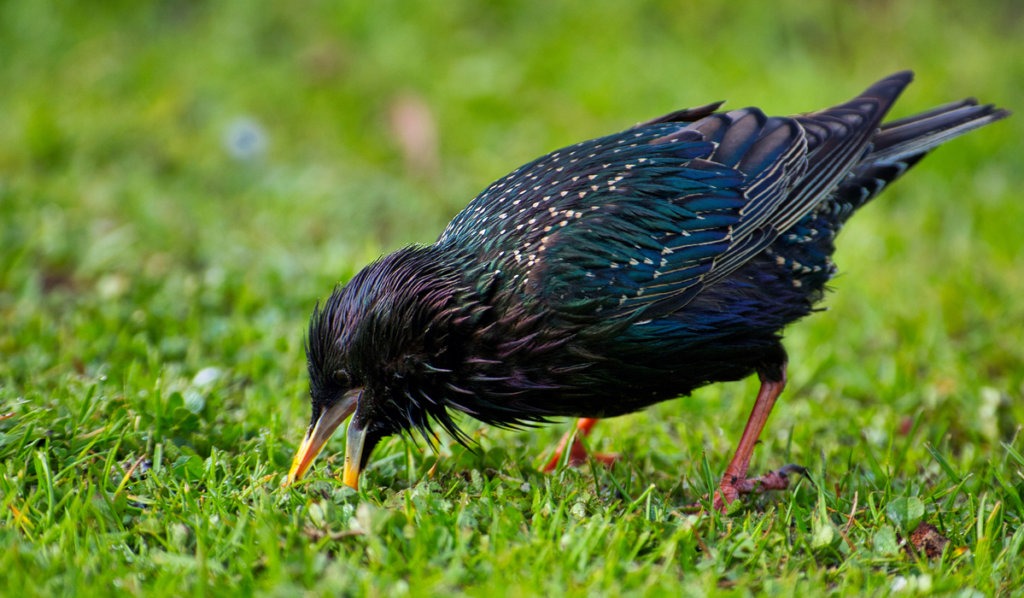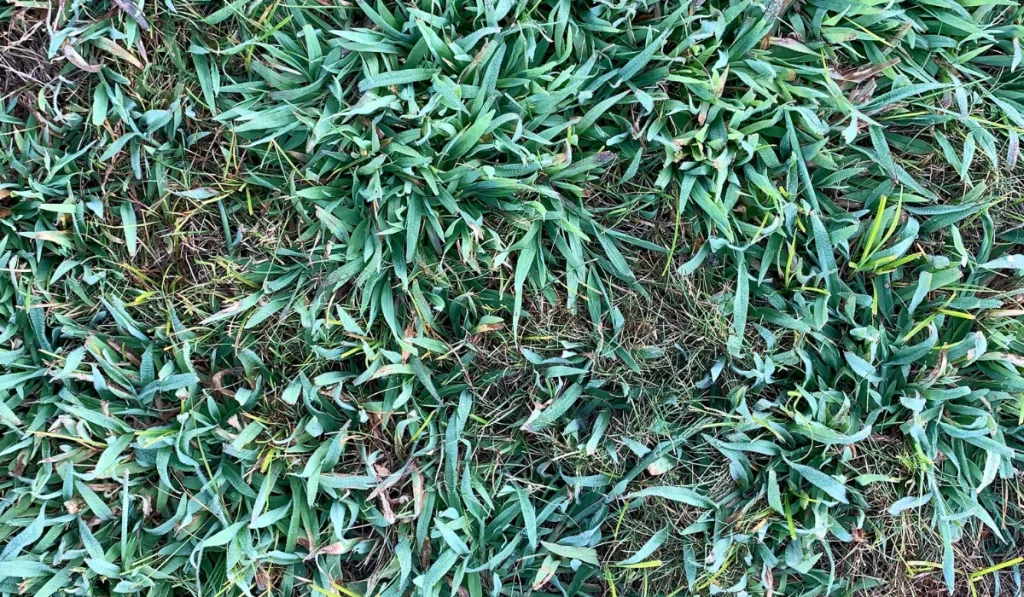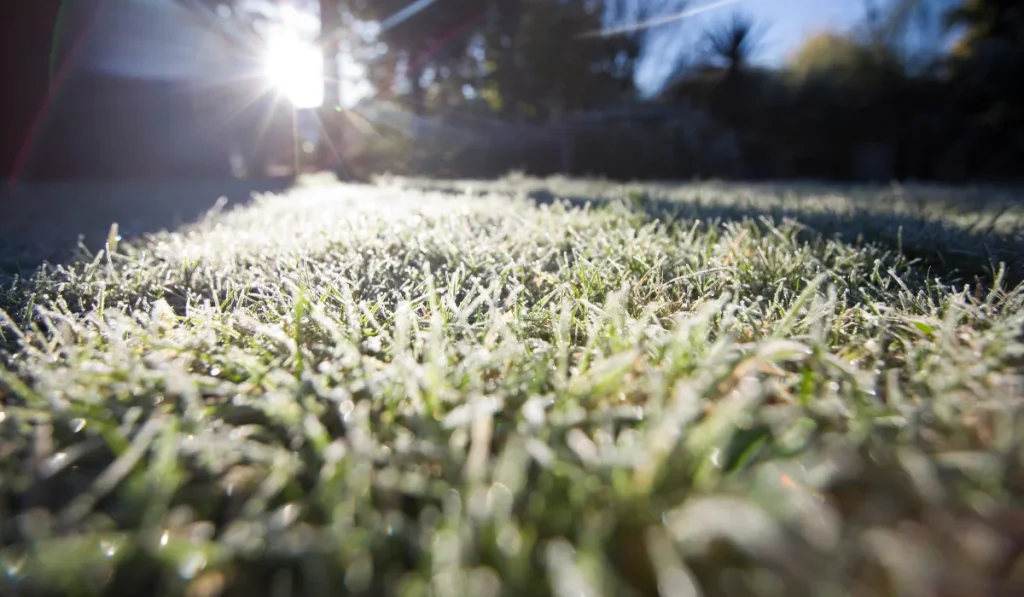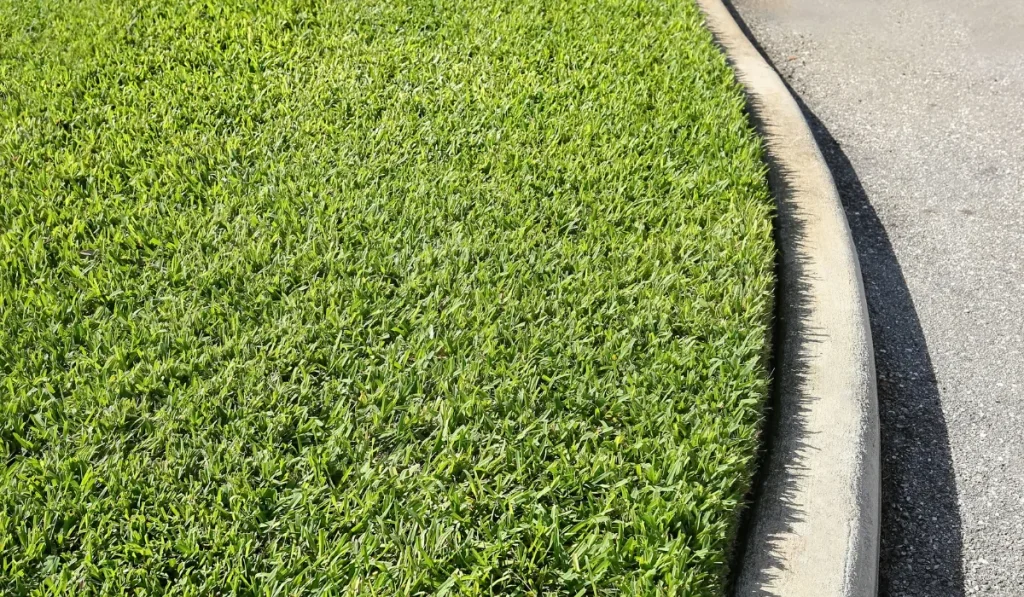If you’re a homeowner, then you know that keeping your lawn looking good takes time and effort. One of the biggest challenges is getting rid of grubs, which can damage your lawn by eating its roots.
Luckily, there are several natural ways to get rid of grubs without using harsh chemicals.
In this post, we’ll look at a few tips for how to get rid of grubs naturally – no pesticides required!
Key Takeaways
- Grubs are small worms that are the larvae of scarab beetles like Japanese beetles and June bugs.
- You don’t have to use synthetic pesticides on grub infestations. Try natural remedies instead.
- Options like milky spore disease, neem oil, and aerating are all good measures to take in your fight against grubs.
What Are Grubs?
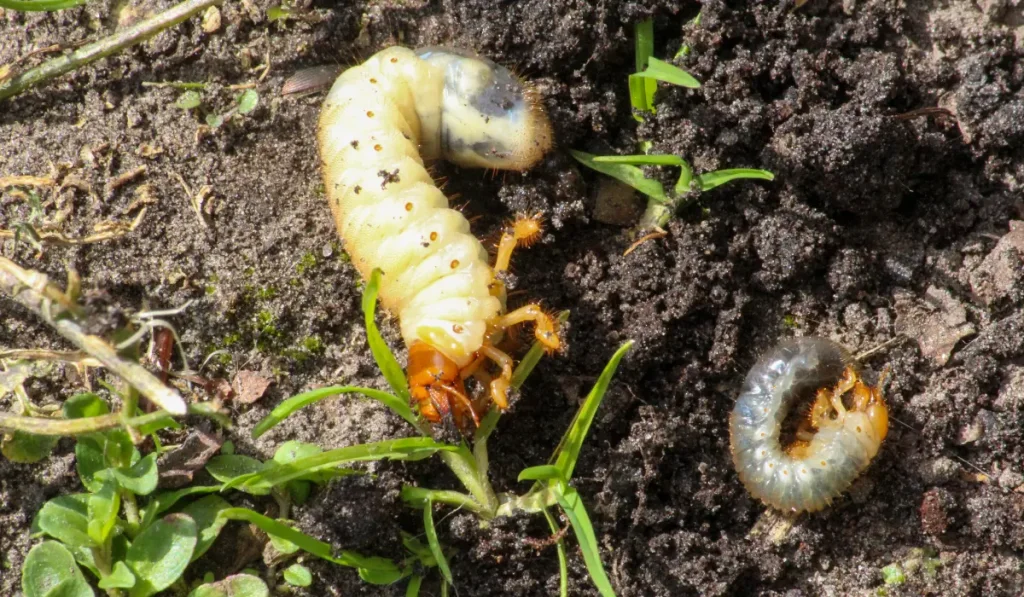
Grubs are small pests that are often referred to as grub worms, lawn grubs, and white grubs. Technically, grubs aren’t one kind of pest at all but, instead, the larval stage of multiple different species. These are usually scarab beetles such as June bugs and Japanese beetles.
Grubs feed on more than 300 different plants, including grass.
These adult beetles lay their eggs in the summer and early autumn months. Then, the eggs hatch into larvae, which burrow deep down into the ground and live on plant and grass roots until spring.
When spring arrives, the larvae start feeding. They’ll feed hungrily on the roots of your grass until they are mature and ready to leave the soil in the early summer.
Because the beetles can breed quickly and can overwinter quite well (meaning they survive the winter in the soil instead of being killed by cold temperatures), this is a cycle that will keep going and going until you take action to stop it. Most life cycles for grub species are two to three years.
The Problem with Grubs on the Lawn
Although one or two grubs here and there is no big deal, a large population can be extremely harmful. You’ll go from a lush, gorgeous lawn to a brown, dead-looking one in no time.
If you have more than 10 or so grubs per square foot, you’ll start with no significant damage. To determine whether you have 10 or more grubs, measure out a section of lawn that’s a square foot in size. Peel it back, then count the grubs beneath. You can find more details here.
As mentioned earlier, grubs primarily eat grass roots and other organic matter. As they eat, they will destroy the root system. Your grass won’t get the water and nutrients that it so desperately needs. This can cause the grass to develop dead, brown patches that are weakly rooted to the ground.
As your grub problem intensifies, you may notice that other problematic species are attracted to these affected areas. For example, you might notice new issues with raccoons and other animals that are all too happy to feast upon the grubs eating your grass.
Signs of a Grub Infestation
As mentioned earlier, one or two grubs alone is not a problem. However, if you have multiple grubs and are noticing other signs of an infestation, it’s time to take action.
Most homeowners only realize they have a grub problem when they notice irregular patches of brown grass. Usually, you’ll find them in the spring or summer, which is when grubs are usually the most active (and the hungriest!).
In addition to patches of brown grass, other signs of a grub infestation include:
- Sections of lawn that are spongy to the touch or when you walk on them
- Increased populations of raccoons and birds, who might be tearing up the lawn
- Sod that’s easy to peel back away from the soil
- More than 10 grubs per square foot of lawn (which you can calculate by peeling back a layer about one square foot in size and counting how many grubs you see)
How to Get Rid of Grubs Naturally: 10 Solutions
If you want to get rid of the grubs on your lawn, don’t worry. You don’t have to rely on chemicals in order to get the job done. We’ve gathered some easy, effective ways to get rid of grubs.
Even if you aren’t totally against the idea of using pesticides, you may want to try these treatments first. They’re less expensive and, sometimes, just as effective as chemical treatments anyway.
1. Watch Your Watering
Be mindful of how often you are watering the lawn. Grubs thrive on moisture. An easy way to shrink your grub population is to stop providing them with so much water.
This might not always be possible – grubs are often found in vegetable gardens, where water is necessary – but if you can, try to starve the grubs out by reducing your watering. Moist soil is an ideal habitat for grubs.
Growing a drought-tolerant grass type can help. If you’re in the process of overseeding your lawn, you may want to consider this factor as you make your selection of seeds.
2. Invite Some Birds
Birds love eating grubs. While birds also have the potential to dig up your lawn, you may want to invite them to your property if you have a serious grub problem. Add some bird feeders or birdhouses to entice them to visit.
If you have chickens, you have a built-in method of grub control right at your disposal. Let the chickens free range and they’ll be thrilled to eat all the grubs for you. Again, you might lose some of your grass in the process, but it could be worth it if it means your grub problem is over.
3. Relocate the Grubs
This isn’t an ideal method of grub control if you have a large population of these pests to deal with. However, if you only have a few, remove them from the soil and kill them or relocate them to a spot far away from your yard.
How about the chicken coop? If you have chickens, this is one of the best ways to get rid of grubs because the chickens will happily eat all of them for you.
4. Introduce Milky Spore Disease
Milky spores are most damaging to Japanese beetle grubs. You can apply this bacterial disease as a preventative treatment or as a curative one.
It won’t get rid of your grub problem right away, since it targets adults and not larvae. But it will act as a method of control for grubs for years down the road.
5. Try Beneficial Nematodes
You can also try introducing beneficial nematodes. These are small parasitic worms that can get rid of all kinds of garden pests, such as grubs.
They’re typically used at the same time as milky spores, offering yet another organic way to get rid of grubs.
You can buy nematodes from a reputable retailer like a garden supply store. Simply Put them in the garden as soon as they arrive at your house.
You’ll need to add a new batch once every couple of years to fully eradicate the grubs.
6. Use Neem Oil
Neem oil is one of the most popular pest repellants out there. It can be sprayed on your lawn during the egg-laying season to prevent beetles from depositing their eggs there.
Yes, it’s an excellent preventative measure but, as with beneficial nematodes and milky spores, it does take some time to be fully effective.
7. Get Rid of Adult Beetles
If you can get rid of the adults, you can get rid of the youngsters.
Make a homemade grub killer that targets beetles. One popular home remedy is to combine lemon juice, dish soap, and mouthwash with a bit of water in a spray bottle. Spray it on your lawn to repel the beatles.
8. Try a Borax Treatment
Borax is an all-natural chemical that is often used in laundry detergent. It can be toxic to your grass in high quantities, so be mindful of how often you use it.
Add a tablespoon of borax to warm water in a spray bottle. Distribute the solution anywhere you’ve noticed grubs.
9. Remember to Dethatch and Aerate
Make sure you dethatch and aerate your lawn on a regular basis. A dense layer of thatch is all too inviting for egg-laying pests. It also shelters the grubs. Get rid of it and your lawn will be far less inviting to the pests.
Aerating is helpful, too. The best time to aerate is in the late summer or fall. This will kill the grubs that are living near the soil surface.
In general, anything you can do to maintain a healthy lawn is a smart part of your grub treatment plan. Growing a healthy lawn is the best way to prevent pests of all kinds!
10. Switch to Artificial Turf
Replacing your lawn with synthetic turf is a surefire way to get rid of grubs. Of course, it’s also pretty permanent. You won’t have grubs to contend with anymore, but artificial turf can be expensive to install. It’s a good idea to weigh the pros and cons of both kinds of lawn before you make the switch.
The Bottom Line
If you have a lawn, there’s a good chance you’ve dealt with grubs at some point. These pesky critters can ruin your grass and landscaping in no time.
While you could use chemical pesticides to get rid of them, getting rid of grubs naturally helps to avoid exposing yourself and your family to harmful chemicals.
Consider these tips for getting rid of grubs using natural methods and keep your lawn healthy and beautiful all year long.
Related: Got a Lawn Gnat Problem? Here’s How to Get Rid of Them
Related: When to Apply Grub Control
